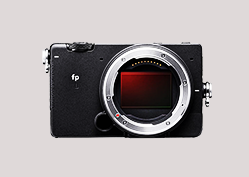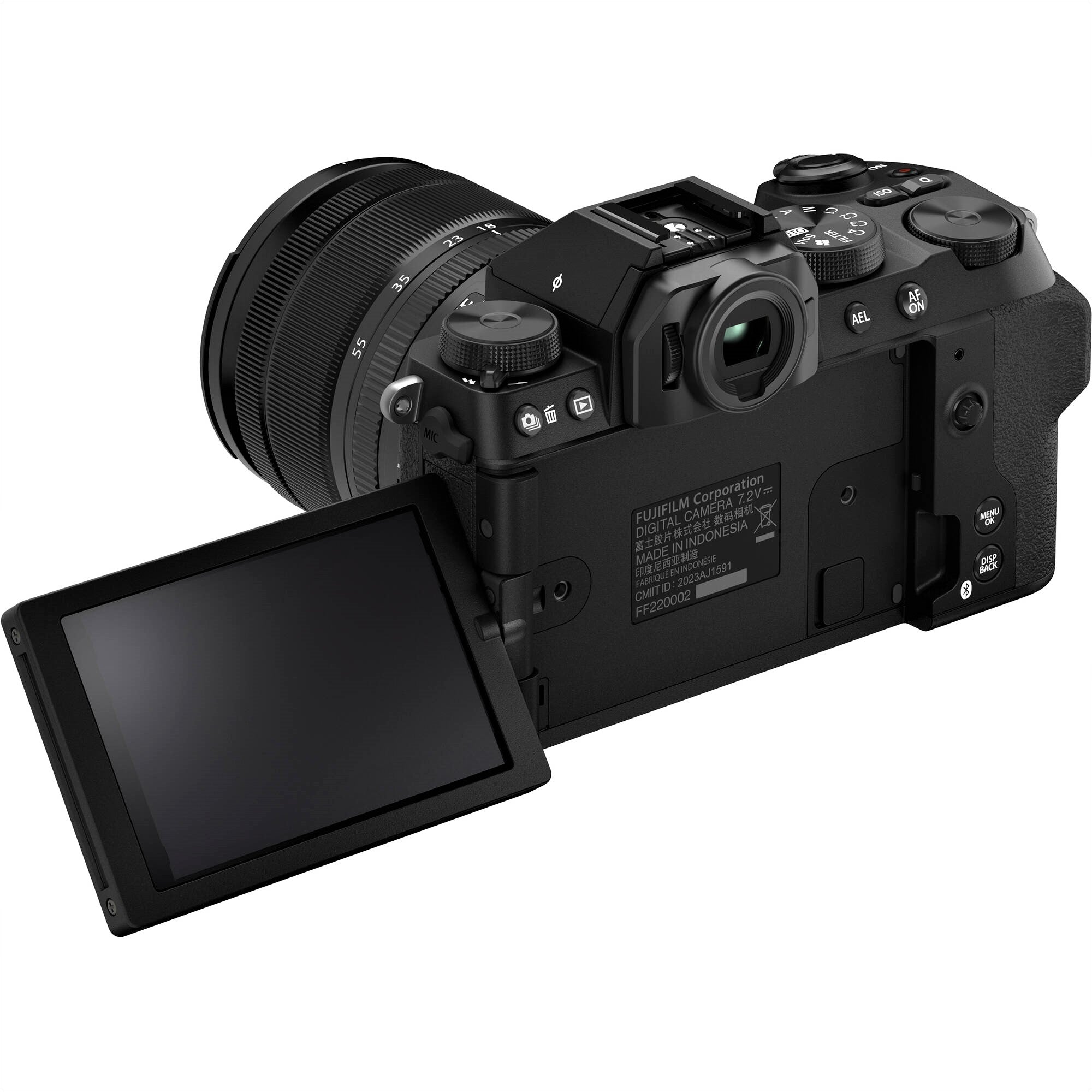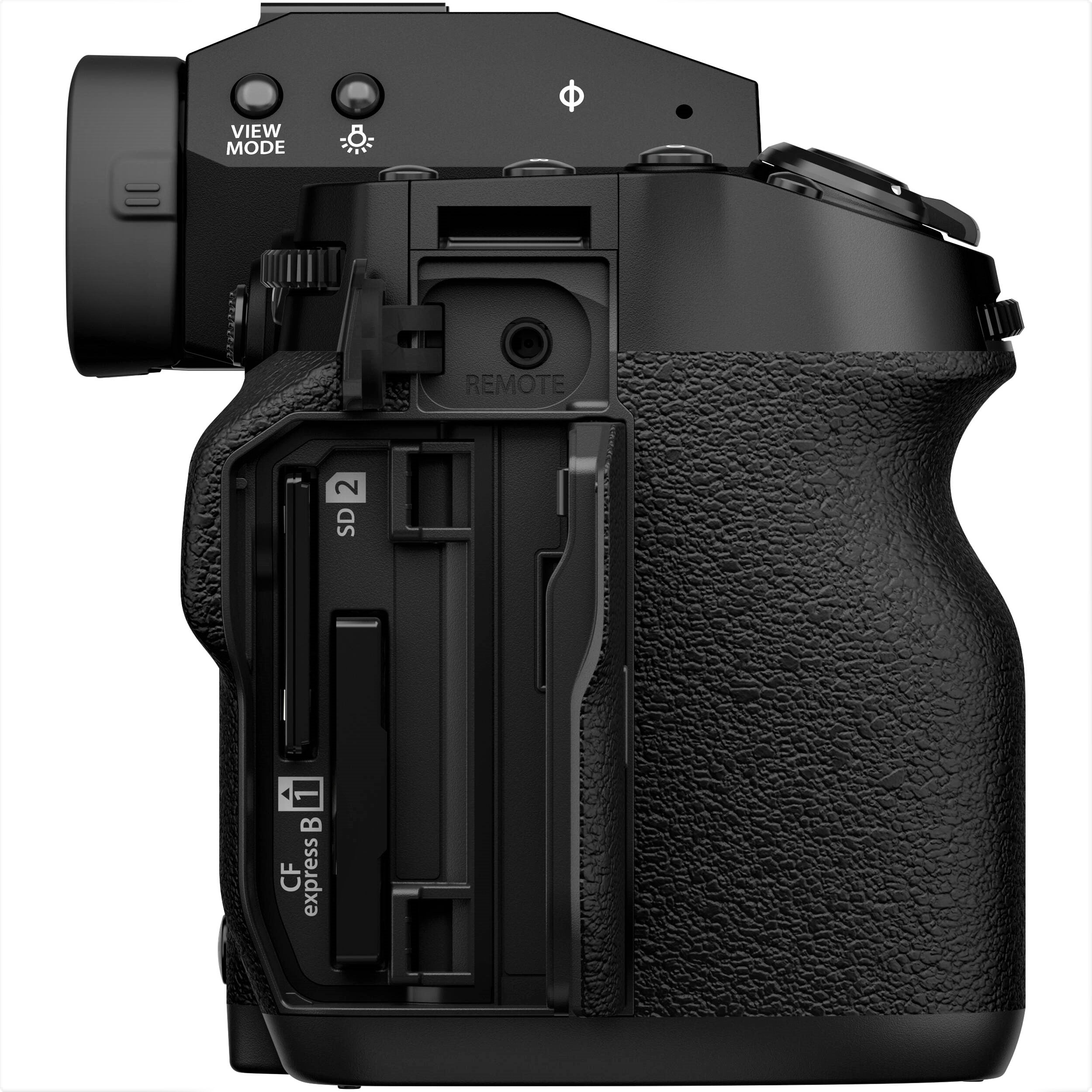Photography isn’t only about snapping a shot. It’s about freezing a skyline, catching a fleeting smile, or turning an everyday scene into something unforgettable. A single photo can tell a story. But that story depends on perspective, timing, and noticing details others might miss.
Over time, photography has grown. Technology advanced. Communities of creatives formed. New styles emerged—each with its own gear, tricks, and ways of thinking. Portraits reveal raw emotion. Landscapes show nature’s majesty. Each genre pushes photographers in new directions. Each one opens doors to fresh creative expression.
For beginners, this variety can feel overwhelming. Too many choices, right? But here’s the secret: every style is an invitation. Try one, learn, move to another. Explore. Experiment. Discover what feels natural. Do you like capturing real, raw life? Photojournalism could be your path. Prefer the controlled setting of a studio? Portraits—or product shots—might be perfect. And for experienced photographers? Switching genres can be fuel. A way to break habits. To sharpen skills. To spark creativity again.
What makes photography magical is its range. The tools don’t define the art—the eye does. A street photographer with a phone can move us as deeply as a wildlife expert with long lenses. It’s about intention. About what you want to show. Every style offers a new lens on the world, a new way to tell a story
In the end, photography is endless. Commercial work, personal projects, or simply catching beauty in the ordinary—it all matters. The more you explore, the more you grow. And somewhere along the way, you’ll find your own voice behind the camera.
Portrait Photography
Portrait photography is about people. One person. Two people. A family. A group. It’s not just faces—it’s stories. A portrait shows mood, depth, personality. The best ones feel alive. They make you pause. They make you feel something.
Lighting. Expression. Background. Composition. These aren’t just technical details. They are storytelling tools. They set the stage. They create atmosphere.
Take lighting. Soft daylight from a window? Gentle. Warm. Vulnerable. Harsh side-light in a studio? Strong. Dramatic. Full of edge. Every shadow speaks. Every highlight matters.
The background also tells a story. A busy street behind the subject feels different than a blank wall. A forest has a different pull than a studio backdrop. Context adds weight. It shapes how we see emotion.
And then—expressions. Small changes mean everything. A grin. A tiny half-smile. A quick laugh. A sudden glance. These moments turn a photo into something unforgettable.
Gear plays its part too. Wide-aperture lenses—f/1.4, f/1.8—blur the background, creating creamy bokeh. The subject pops. Attention goes straight to the eyes. A narrower aperture? It keeps more of the scene sharp, useful when the setting matters. The lens choice isn’t just technical. It’s creative. If you want to learn more about choosing the right gear, check out our guide on the best camera for portrait photography and the best lenses for portrait photography.
Different Styles of Portraiture
-
Newborn Photography – Soft. Gentle. Pastels. Props. Tiny details captured forever. A keepsake for families. Explore ideas in our introduction to newborn photography.
-
Candid Portraits – Raw. Real. Unposed. Life as it happens. Personality in motion.
-
Studio Portraits – Precision. Control. Every light planned. Every pose deliberate. Great for headshots, magazines, fine art.
Portrait photography lives where skill meets emotion. You need to know light. You need to know gear. But most of all—you need connection. To talk. To listen. To let people relax. When that happens, something true comes through.
Candid. Studio. Newborn. Whatever the style—the goal is always the same: capture something real. Something lasting. A portrait that breathes.
Landscape Photography
Landscape photography shows nature at its best. Mountains, lakes, sunsets—all captured in one frame. These images don’t just document a scene; they make you feel it. Unlike shooting indoors, the outdoors can’t be controlled. The weather changes. The light shifts. You wait. You adapt.
The most magical times? Sunrise and sunset. Photographers call these the golden hours. Light is soft. Colors glow. Shadows stretch. Midday light? Harsher, yes—but still useful when handled with creativity.
A wide-angle lens is the favorite tool here. It pulls the eye deep into the scene. It makes vast spaces feel even bigger. Something like the SIGMA 10-18mm F2.8 DC DN Contemporary Lens? Perfect. It widens the view, exaggerates perspective, and draws you into the moment. But remember: the lens is not enough. Composition matters. Leading lines. Foreground interest. Balance. Small details turn an ordinary shot into art.
Want to go further? Check out our full guide on landscape tips. Learn how to master light, balance tricky exposures, and compose scenes that feel intentional and alive.
Street Photography
Street photography is alive, messy, and real. It freezes moments that vanish in a blink. A glance. A laugh. A shadow. Once it’s gone, it’s gone. That’s the thrill—anticipation mixed with instinct.
It’s not just about strangers on sidewalks. It’s about stories. The rhythm of a city. The spirit of a neighborhood. The emotions in daily life. Every shot whispers something unique.
Beauty hides in the ordinary. A child chasing pigeons. Neon bouncing off wet pavement. A crowd moving like one. Frame it right, and the ordinary becomes unforgettable.
Gear? Keep it light. Compact prime lenses help you stay quick and unnoticed. But here’s the truth: gear isn’t the key. Awareness is. Presence is. Being tuned in to the heartbeat of your surroundings—that’s where the magic happens.
Want more? Our in-depth guide on street photography covers shooting techniques, ethics, and strategies for blending in while capturing real, human moments.
Still Life Photography
Still life photography is about more than snapping a picture of objects. It’s about taking something simple and making it feel special. Unlike street or documentary photography, which can be fast and unplanned, still life is slow and careful. Every item—a fruit, a vase, even a product—has a purpose. Each is placed to tell a story or set a mood.
This style fits both business and art. Brands use it to make products shine. Artists use it to explore big ideas like time, beauty, or even fragility. Light is everything here. A tiny shadow can change how the whole picture feels. Texture, colors, and empty space? They’re not random—they’re tools for storytelling.
For beginners, still life is a safe place to learn the basics: composition, lighting, and props. For pros, it’s a playground. Everyday things can become art. A cup. A flower. A pair of glasses. All transformed into something that pulls the viewer in.
Want more? Check out our full guide on what is still life photography. It dives deeper into techniques, gear, and ideas to spark your creativity.
Macro Photography
Macro photography is like opening a secret door. Suddenly, you see a world you didn’t know existed. A butterfly’s wing glows with tiny scales. Dew clings to a spider web like glass beads. Snowflakes look like crystal sculptures. Macro doesn’t just capture detail—it changes how you see.
Gear matters here. Macro lenses let you zoom close without distortion. They hold sharp focus at extreme levels. But tools aren’t enough. Patience matters. Precision matters. Even the smallest shake or breeze can ruin a shot. That’s why macro photographers use tripods, focus stacking, and special lighting to freeze tiny details in perfect clarity.
The real challenge? Composition. Small subjects can look huge when framed the right way. Depth of field becomes your paintbrush. Blur the background, highlight one sharp detail, and suddenly the photo has impact.
Whether it’s bugs, plants, or textures, macro teaches you to slow down. To notice. To marvel at things most people miss. Want to go further? See our full guide on what is macro photography—packed with step-by-step tips, gear advice, and creative tricks.
Abstract Photography
Abstract photography doesn’t follow the usual rules. It’s not about showing what something is—it’s about shapes, colors, light, and texture. The subject becomes less important. What matters is how the image feels.
A streak of car lights across a highway. A warped reflection in glass. A close-up of a common object that suddenly looks like another world. That’s abstract photography—ordinary things seen in extraordinary ways.
There are no limits here. Tilt the camera. Stretch the exposure. Bend reality in editing. The goal isn’t to explain but to spark emotion and curiosity. If you want to dive deeper, explore our full guide on what is abstract photography and learn how to create images that move beyond “pictures” into visual experiences.
Bird Photography
Bird photography is thrilling. But it’s tough. Birds don’t wait around. They fly fast, hide easily, and vanish without warning. To catch them, you need quick reflexes—and the right camera settings.
A fast shutter. The right ISO. Sharp focus. These make the difference between a blur and a beautiful shot. Gear helps too. Long lenses let you capture detail without disturbing the bird. But equipment alone won’t carry the photo.
The magic lies in the story. A heron outlined by sunset. A tiny bird framed in blossoms. It’s not just about the bird—it’s about its place in the scene.
And patience? Essential. Sometimes you wait for hours. Watching. Listening. Waiting for that one moment when the light, the bird, and the motion all connect. That’s the reward: a picture that’s not just a record, but a work of art. Want more? Our full guide on bird photography breaks down techniques, gear tips, and creative ideas to help you elevate your shots.
Wedding Photography
Wedding photography is special. It’s not just about snapping pictures—it’s about capturing memories. A smile, a tear, a laugh. These moments matter. They live on in photos long after the day is gone. For couples, those images become treasures. Heirlooms. Little windows back into the joy of their wedding day.
Every photographer has a style. Some love classic, posed shots. Others chase real, unplanned moments. Many mix both—balancing elegance with authenticity. Choosing a photographer is about finding the vision that matches your story. Want to dive deeper? Check out our full guide on wedding photography styles and how each shapes the feel of your day.
Travel Photography
Travel photography isn’t just about pretty views. It’s about capturing the spirit of a place. A city’s rhythm. A village’s charm. A landscape’s power. Every photo tells a story—one that blends culture, people, food, and scenery into a single frame.
The gear helps. Wide-angle lenses, like the SIGMA 10-18mm F2.8 DC DN Contemporary, open up the world. They catch vast mountains, busy streets, or quiet alleys with stunning detail. But it’s not only about equipment. It’s about timing. Morning light in a sleepy market. A fiery sunset over cliffs. Travel photos don’t just show a place—they let you feel it. Step into it.
Viewpoint Photography
Viewpoint photography is all about perspective. Shift the angle, and the world looks new. Shoot from above? Patterns appear. Go low? Buildings tower like giants. Tilt the frame? Suddenly, the ordinary feels strange.
It’s playful. Experimental. A small change in viewpoint can change the entire mood. Curious. Bold. Dramatic. This style pushes creativity forward. It makes people stop and look again. For any photographer who wants to grow, exploring viewpoint photography is a must.
Conclusion
Photography is a limitless art form with countless genres, each offering its own challenges and rewards. From portraits that capture human emotion to landscapes that showcase the beauty of nature, from street and abstract styles that inspire creativity to weddings, travel, and specialized photography that preserve meaningful experiences—the world of photography has something for everyone.
Exploring different types of photography not only enhances your skills but also helps you discover where your passion truly lies. Whether you’re drawn to storytelling, technical mastery, or artistic experimentation, each genre opens new doors to creative expression. Ready to take your photography journey further? Visit our website Nuzira.com for expert guides, tips, and product recommendations designed to help you capture every moment with confidence.






